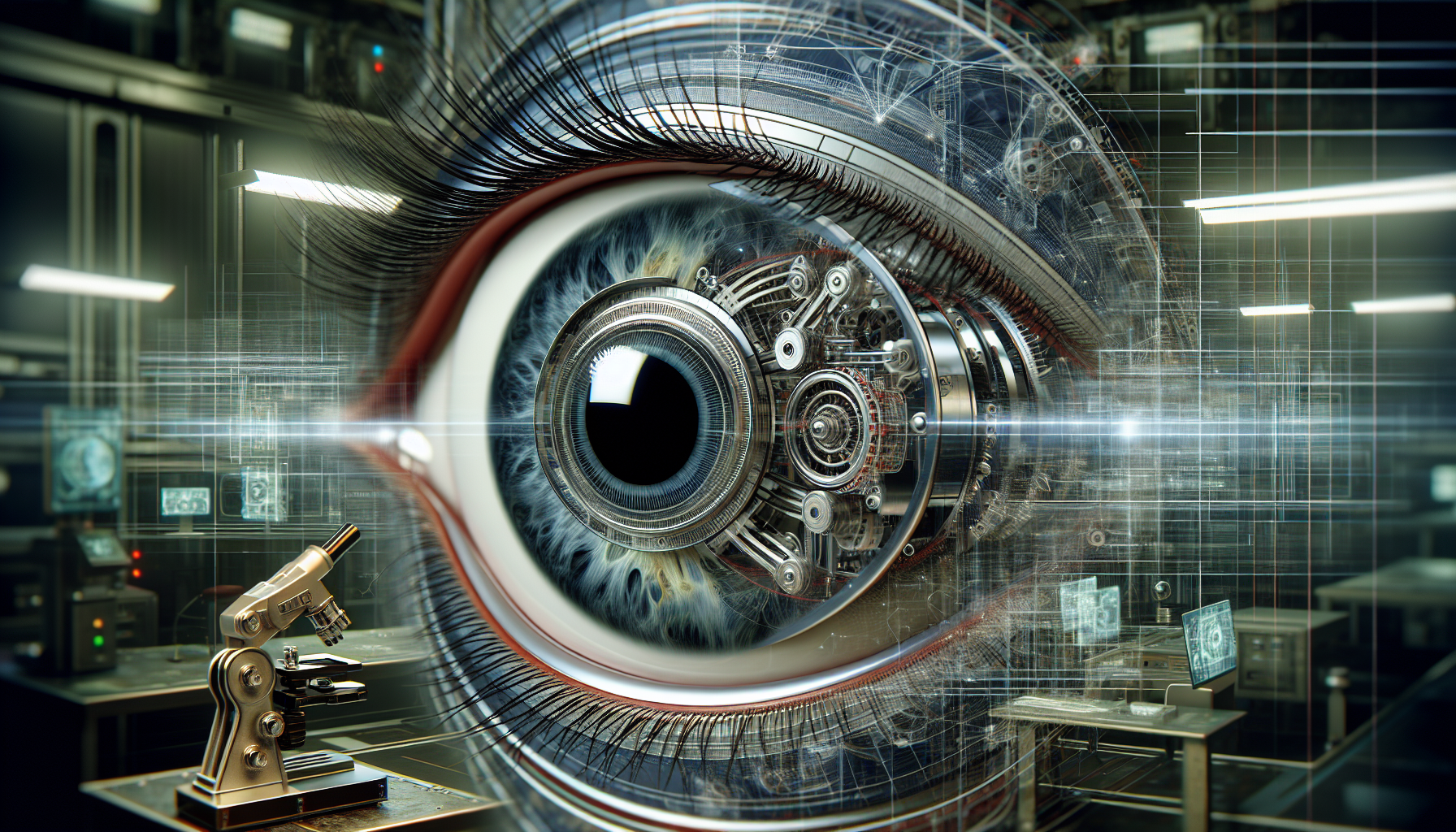In the quest to enhance robotic vision and reaction capabilities, researchers have been exploring innovative camera mechanisms inspired by the human eye. This approach leverages the sophisticated and efficient way the human eye processes visual information, aiming to improve how robots perceive and interact with their environment.
Key Innovations
Artificial Compound Eye System
A recent breakthrough involves the development of an artificial compound eye system, which is more cost-effective and sensitive compared to traditional robotic vision systems. This system mimics the structure and functionality of compound eyes found in insects, but with a focus on enhancing sensitivity and reducing costs. The artificial compound eye is designed to provide a wider field of view and higher sensitivity, making it ideal for various robotic applications.
Human Eye-Inspired Camera Mechanism
Although not explicitly detailed in the provided sources, previous research has shown that cameras inspired by the human eye can significantly improve robotic vision. These cameras often incorporate features such as adaptive focus, wide dynamic range, and high sensitivity to light, all of which are characteristics of the human eye. By mimicking these features, robots can better navigate and interact with complex environments.
AI-Driven Simulations
Another area of research involves using AI systems to create simulations that train robots to function in real-world environments. These simulations, generated from photos or videos, help robots learn to navigate and react to various scenarios, much like how the human brain processes visual information to guide actions.
Benefits and Applications
Enhanced Task Completion
Robots equipped with advanced vision systems inspired by the human eye can complete tasks more efficiently. For instance, new research shows that programming robots to create their own teams and wait for teammates can result in faster task completion, which could be further optimized with improved vision capabilities.
Improved Safety and Efficiency
In manufacturing and assembly lines, robots with enhanced vision can better detect and respond to their environment, reducing the risk of accidents and improving overall efficiency. This is particularly important in settings where humans and robots collaborate, as it ensures safer and more reliable operations.
Expanded Capabilities
Advanced robotic vision systems can enable robots to operate in a wider range of environments. For example, a four-legged, dog-like robot can “sniff” hazardous gases in inaccessible environments, highlighting the potential for robots to perform complex tasks with improved vision.
Future Directions
As research continues to advance, we can expect to see even more sophisticated robotic vision systems inspired by the human eye. These developments will likely involve further integration of AI, machine learning, and advanced materials to create more efficient and adaptable robots. The potential applications span various fields, from manufacturing and healthcare to environmental monitoring and space exploration.
In conclusion, the inspiration drawn from the human eye is revolutionizing robotic vision, enabling robots to see and react to their environment with greater precision and efficiency. As these technologies continue to evolve, we can anticipate significant improvements in robotic capabilities and their integration into various aspects of our lives.

Leave a Reply